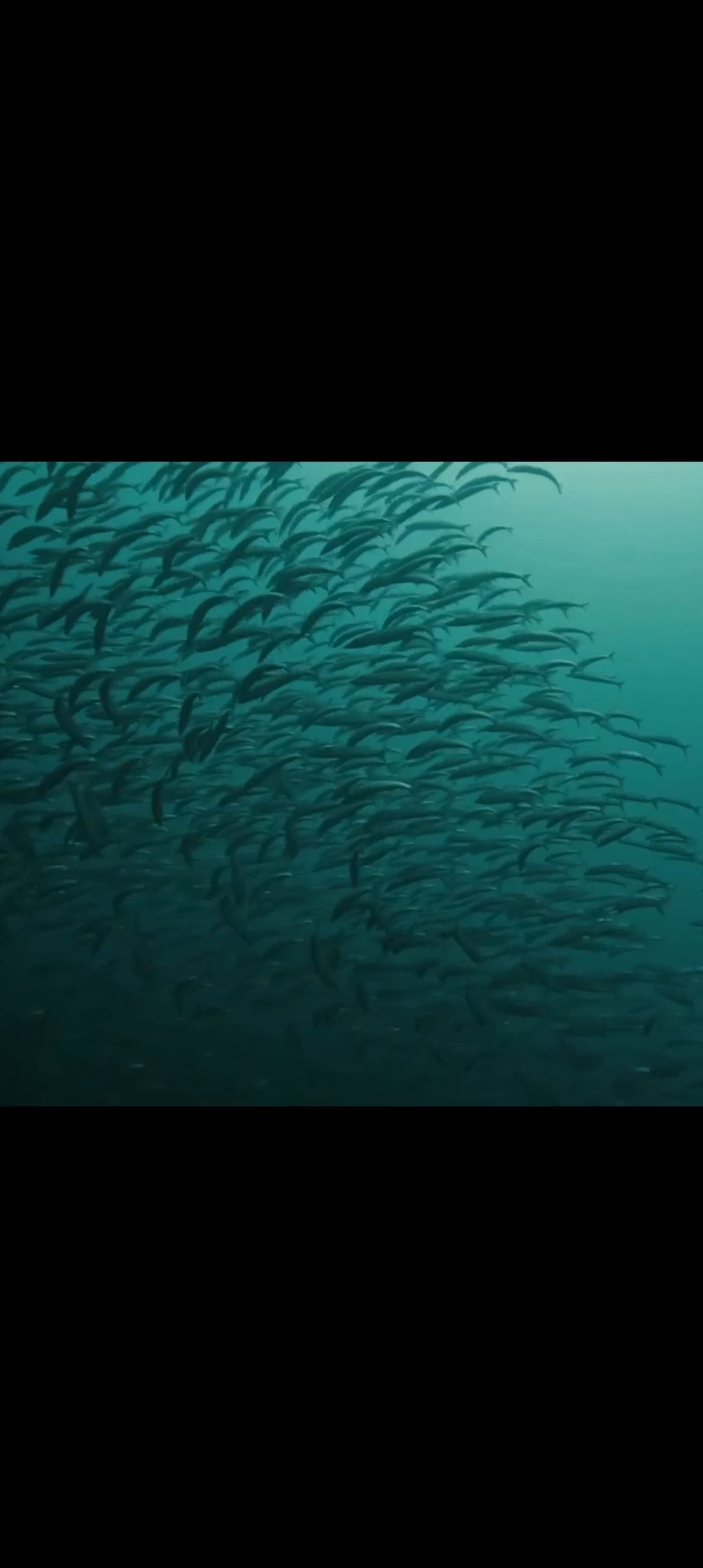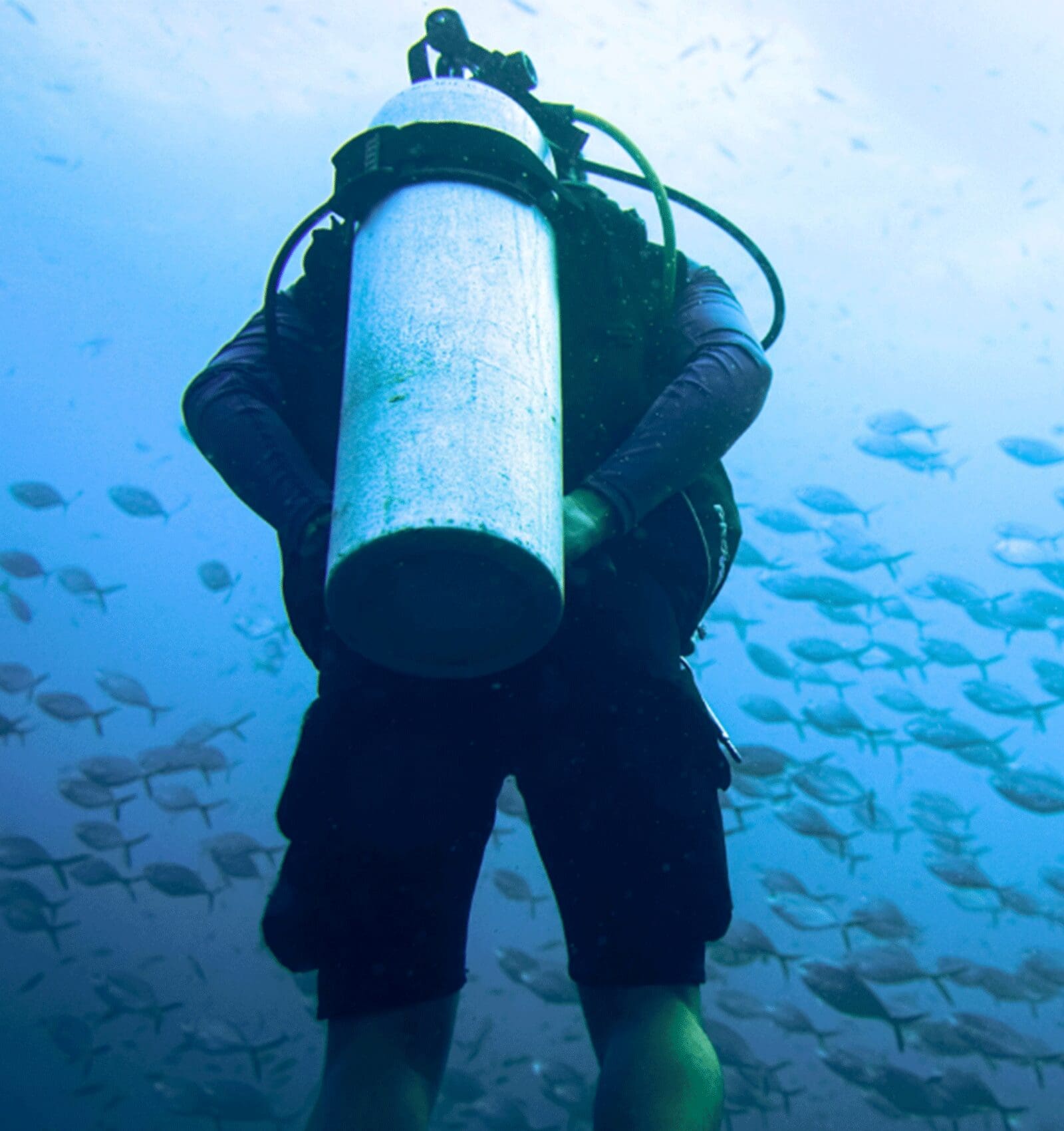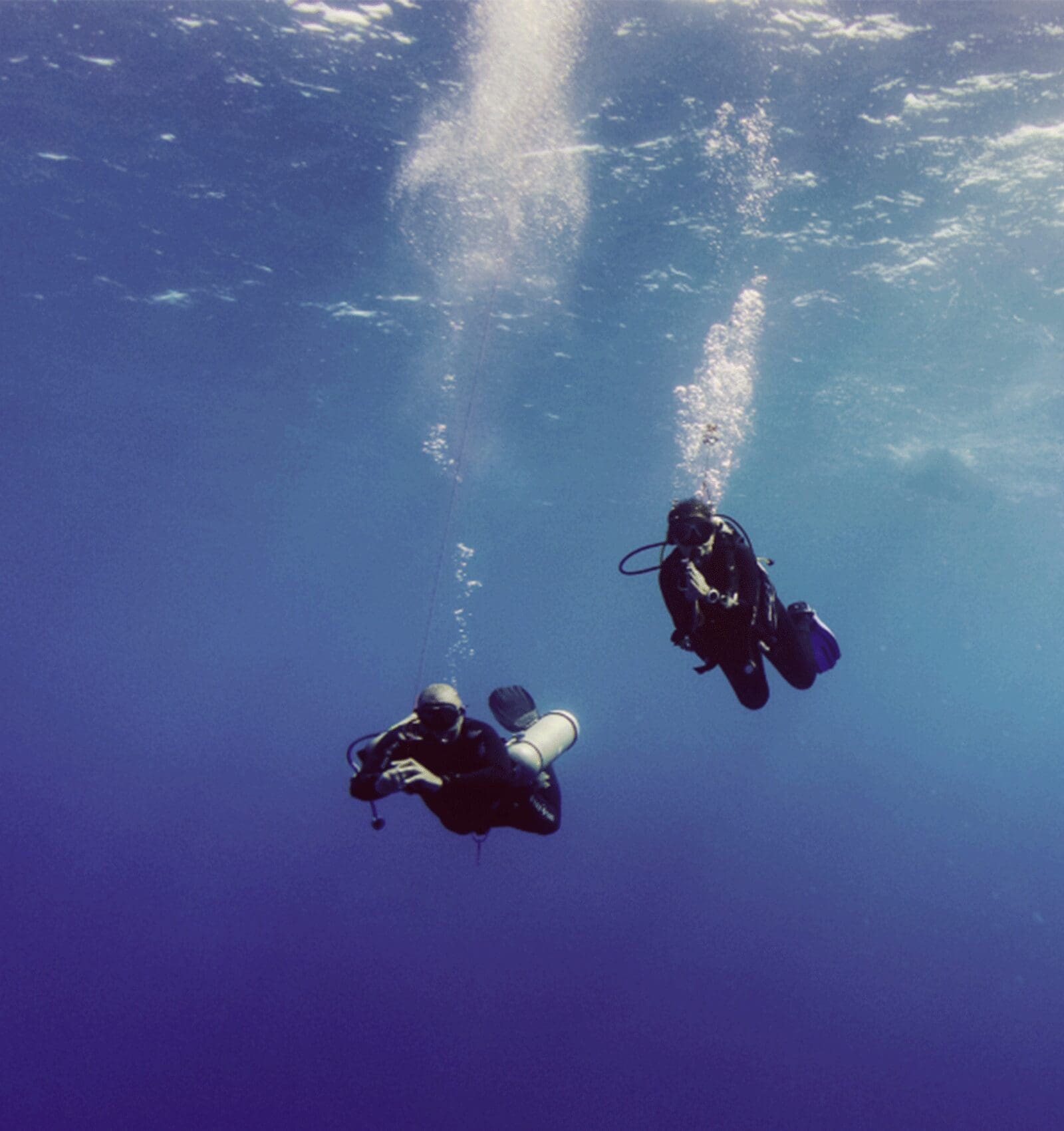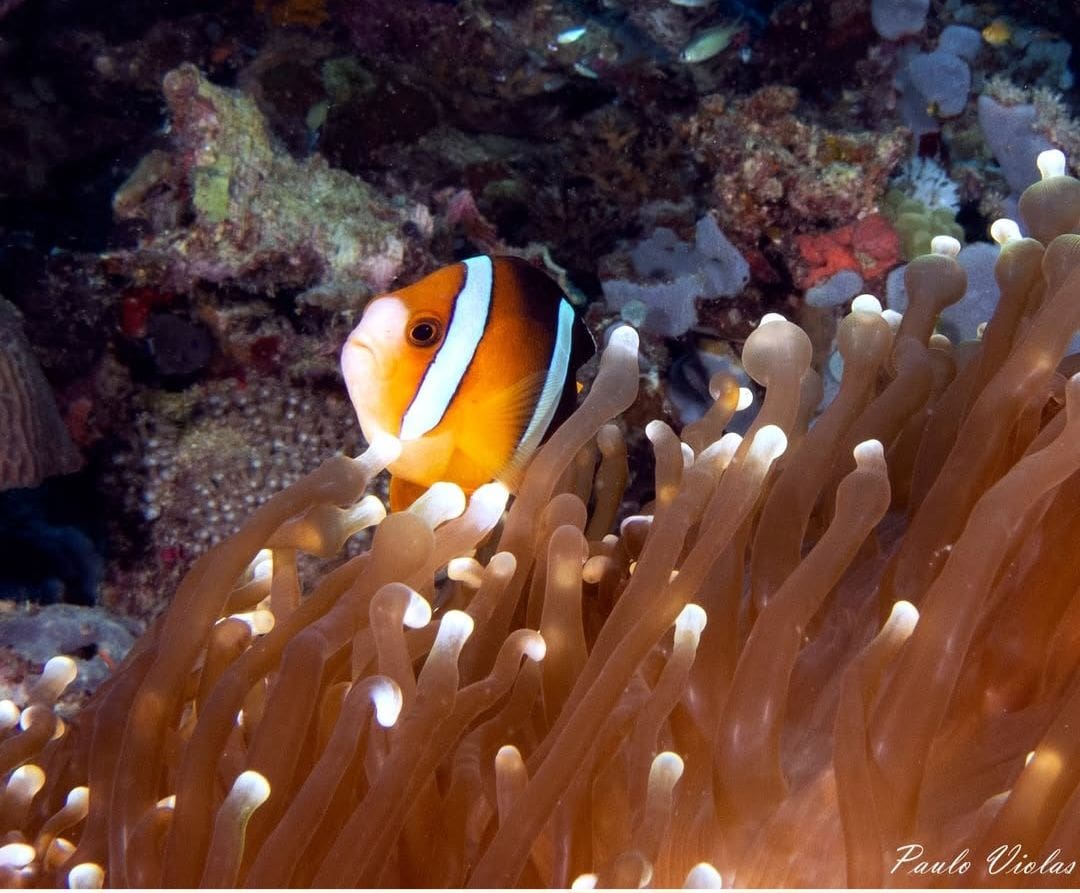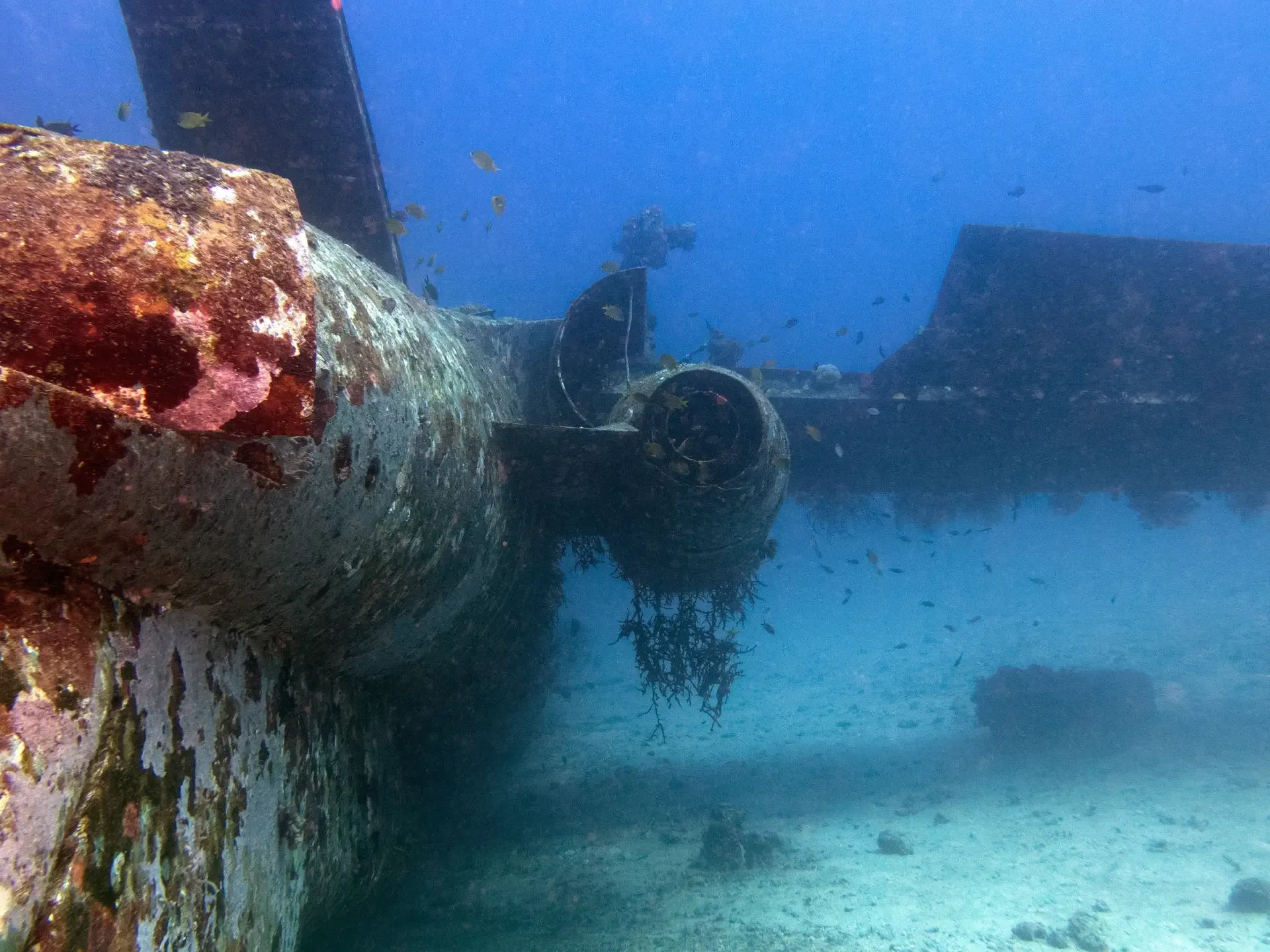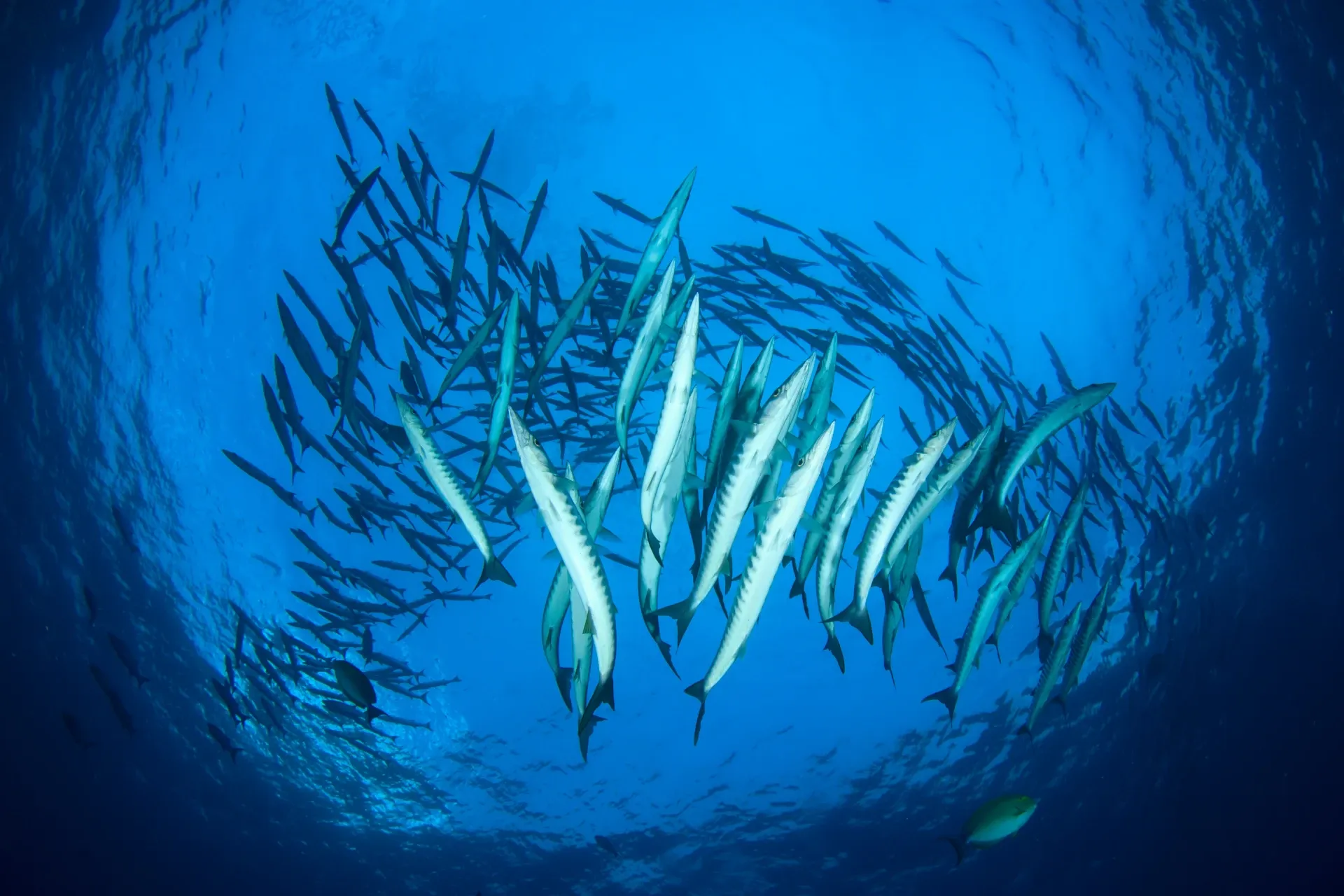Why Boracay is the Perfect Place to Become a PADI Mermaid
Boracay is world-famous for its white-sand beaches, crystal-clear waters, and vibrant marine life, making it a dream destination for travelers. But beyond its reputation as a tropical paradise, Boracay is also the perfect place to transform into a mermaid. Whether you’ve always dreamed of gliding effortlessly underwater like a mythical sea creature or want to learn a fun and unique way to explore the ocean, the PADI Mermaid Course at New Wave Divers Boracay offers an unforgettable experience.
With calm, warm waters, stunning coral reefs, and expert instruction, there’s no better place to earn your mermaid certification. Here’s why Boracay is the ultimate destination to embrace the mermaid lifestyle.
Crystal-Clear, Warm Waters Make Learning Easy and Fun
One of the biggest advantages of taking your PADI Mermaid Course in Boracay is the ideal water conditions. Unlike some other destinations where strong currents or cold water can make learning difficult, Boracay’s waters are:
- Calm and Shallow: Many of Boracay’s training areas have gentle conditions, making it easier for beginners to practice their movements.
- Warm Year-Round: With water temperatures ranging from 26°C to 30°C (79°F to 86°F), you won’t have to worry about feeling cold while learning to swim like a mermaid.
- Crystal Clear: With excellent visibility, it’s easier to see and navigate underwater, making your mermaid experience even more magical.
📍 Best Locations for Mermaid Training in Boracay:
- Shallow lagoon areas near White Beach – Ideal for beginners to practice basic mermaid swimming techniques.
- Angol Point and Coral Garden – Calm and shallow reef areas perfect for advancing mermaid skills while enjoying marine life.
A Breathtaking Underwater World to Explore
Mermaiding isn’t just about looking graceful in a monofin—it’s also about connecting with the ocean. Boracay’s reefs provide the perfect underwater playground for mermaids, filled with marine life and beautiful coral formations.
What You Might See While Mermaiding in Boracay:
- Colorful reef fish like angelfish, butterflyfish, and clownfish
- Coral gardens teeming with life, perfect for underwater photography
- Graceful sea turtles, sometimes spotted in the shallows
- Crystal-clear sandy seabeds, creating a picture-perfect mermaid backdrop
Unlike a swimming pool or controlled indoor environment, training in Boracay allows you to immerse yourself in the beauty of nature while learning to move like a real mermaid.
A Course for Everyone: From Beginners to Advanced Mermaids
At New Wave Divers Boracay, we offer PADI Mermaid Courses for all levels, so you can choose the perfect course based on your experience and goals.
PADI Mermaid Course Options in Boracay:
✔️ Discover Mermaid – A short introduction to mermaiding, perfect for first-timers who want to try swimming with a monofin.
✔️ PADI Basic Mermaid – Learn the fundamentals of mermaid movement, breath control, and buoyancy in confined water.
✔️ PADI Mermaid – Expand your skills with more advanced techniques and extended underwater breath-holding, practicing in open water settings.
✔️ PADI Advanced Mermaid – The ultimate mermaid challenge, where you perfect your underwater control and learn advanced breath-hold techniques in deeper water.
These courses allow you to progress at your own pace, making mermaiding in Boracay an accessible and fun activity for everyone—from kids and families to experienced swimmers looking for a new challenge.
The Perfect Setting for Stunning Mermaid Photography
If you’ve ever wanted to capture breathtaking mermaid photos, Boracay offers the perfect backdrop. With its white sand, turquoise waters, and vibrant reefs, every shot looks magical.
📸 Best Places for Mermaid Photoshoots in Boracay:
- Shallow sandbars near Puka Beach – Dreamy tropical settings for surface-level mermaid shots.
- Clear water lagoons near White Beach – Calm waters allow for artistic underwater photography.
- Angol Point and Coral Garden – Great for capturing mermaids swimming among marine life.
Many PADI Mermaid students choose to add a professional underwater photoshoot to their experience, ensuring they have lasting memories of their transformation into a mermaid.
A Fun and Unique Activity for Families and Friends
Mermaiding is not just for solo travelers—it’s a fantastic experience to share with friends, couples, and families. Learning to swim like a mermaid together creates unforgettable memories, and Boracay’s relaxed island vibe makes it an excellent setting for group experiences.
Perfect for:
- Families looking for a fun water activity for kids and parents.
- Groups of friends wanting a unique island adventure.
- Couples looking for a romantic and playful experience in the ocean.
Safe and Professional Mermaid Training at New Wave Divers
When learning any new water activity, safety and proper training are essential. At New Wave Divers Boracay, we provide:
✅ Certified PADI Mermaid Instructors – Experienced professionals who ensure a safe and enjoyable experience.
✅ High-Quality Mermaid Equipment – Comfortable and durable mermaid tails and monofins provided.
✅ A Supportive Learning Environment – Whether you’re a strong swimmer or a total beginner, our courses are tailored to help you feel confident in the water.
Our team is passionate about mermaiding and marine conservation, helping students build confidence while respecting and protecting the ocean environment.
A Gateway to Ocean Conservation and Awareness
Becoming a mermaid isn’t just about fun—it’s also about developing a deeper appreciation for the ocean. Through the PADI Mermaid Course, students learn about:
🌊 Marine life interactions – Understanding how to move gracefully without disturbing the reef.
🌊 Ocean conservation – Learning why it’s important to protect coral reefs and marine ecosystems.
🌊 Responsible water practices – Using reef-safe sunscreen and practicing sustainable tourism.
Boracay’s commitment to marine conservation makes it the perfect place to foster an awareness of protecting the ocean while enjoying its beauty.
Final Thoughts: Become a Mermaid in Boracay Today
Boracay’s warm, clear waters, stunning marine life, and expert instructors make it the best place to take a PADI Mermaid Course. Whether you’re trying mermaiding for fun, looking to build confidence in the water, or dreaming of an unforgettable underwater photoshoot, Boracay offers the perfect setting to bring your mermaid dreams to life.
At New Wave Divers Boracay, we provide professional mermaid training for all levels, ensuring a safe, enjoyable, and truly magical experience.
Ready to transform into a mermaid? Contact us today and start your PADI Mermaid adventure in Boracay!
